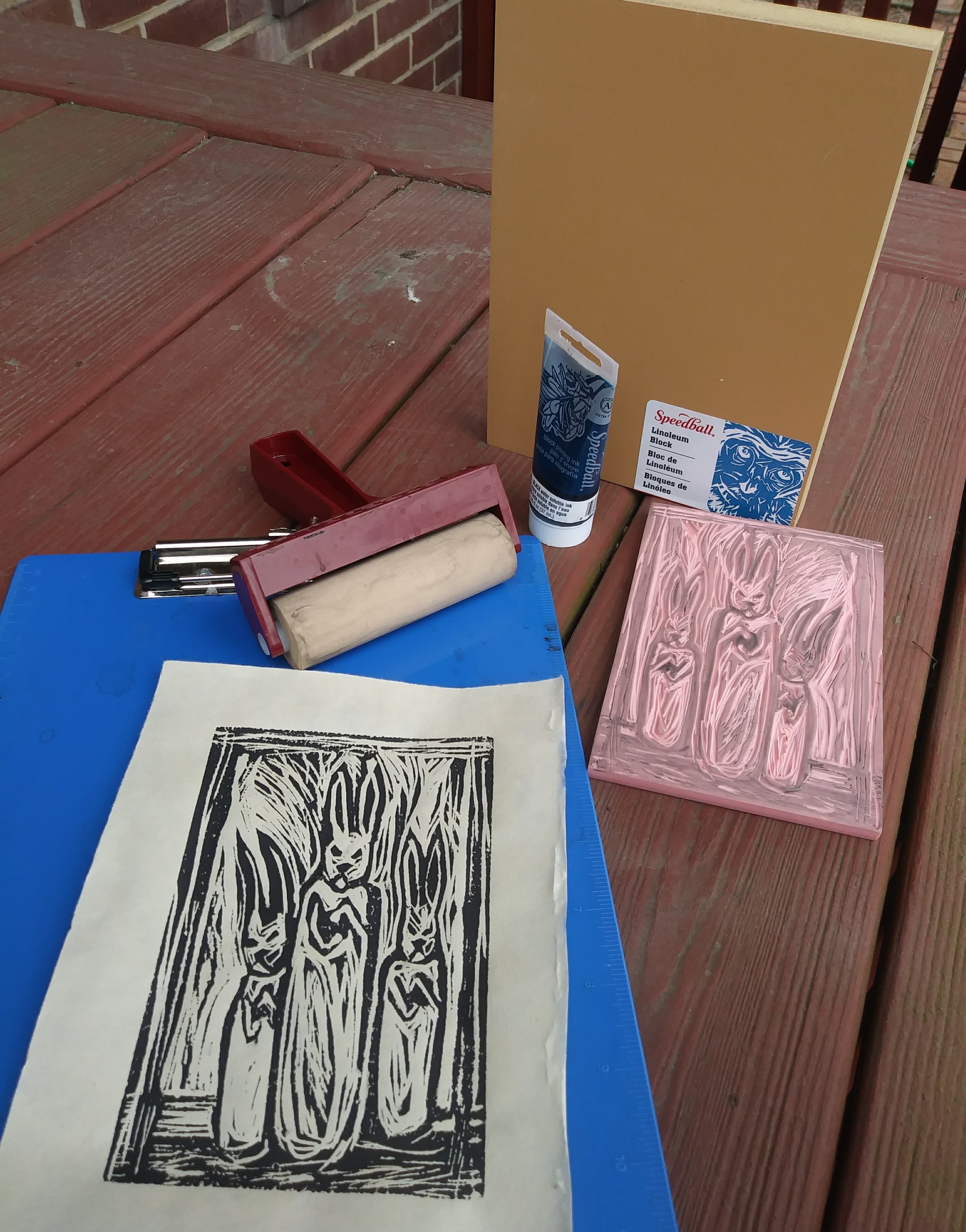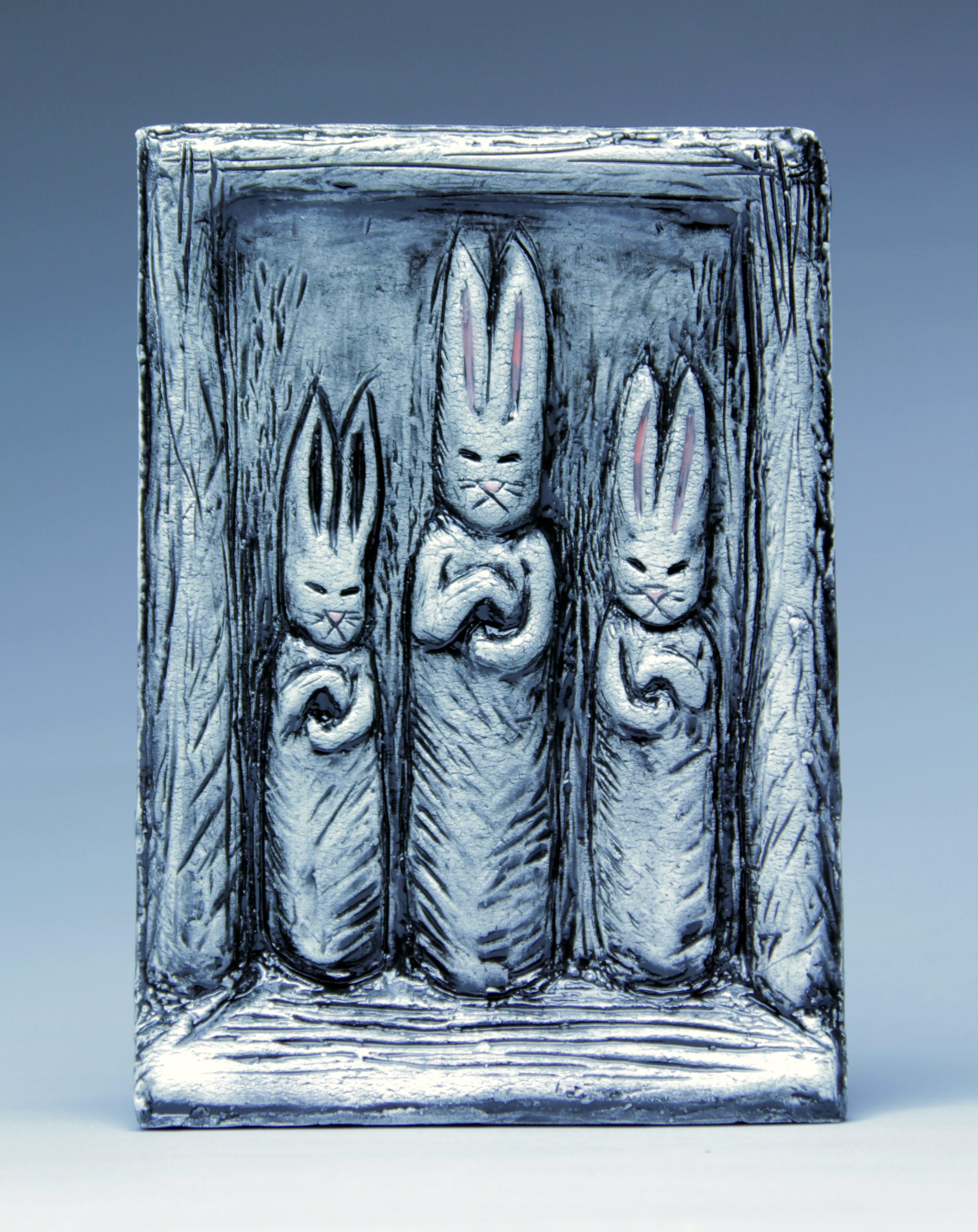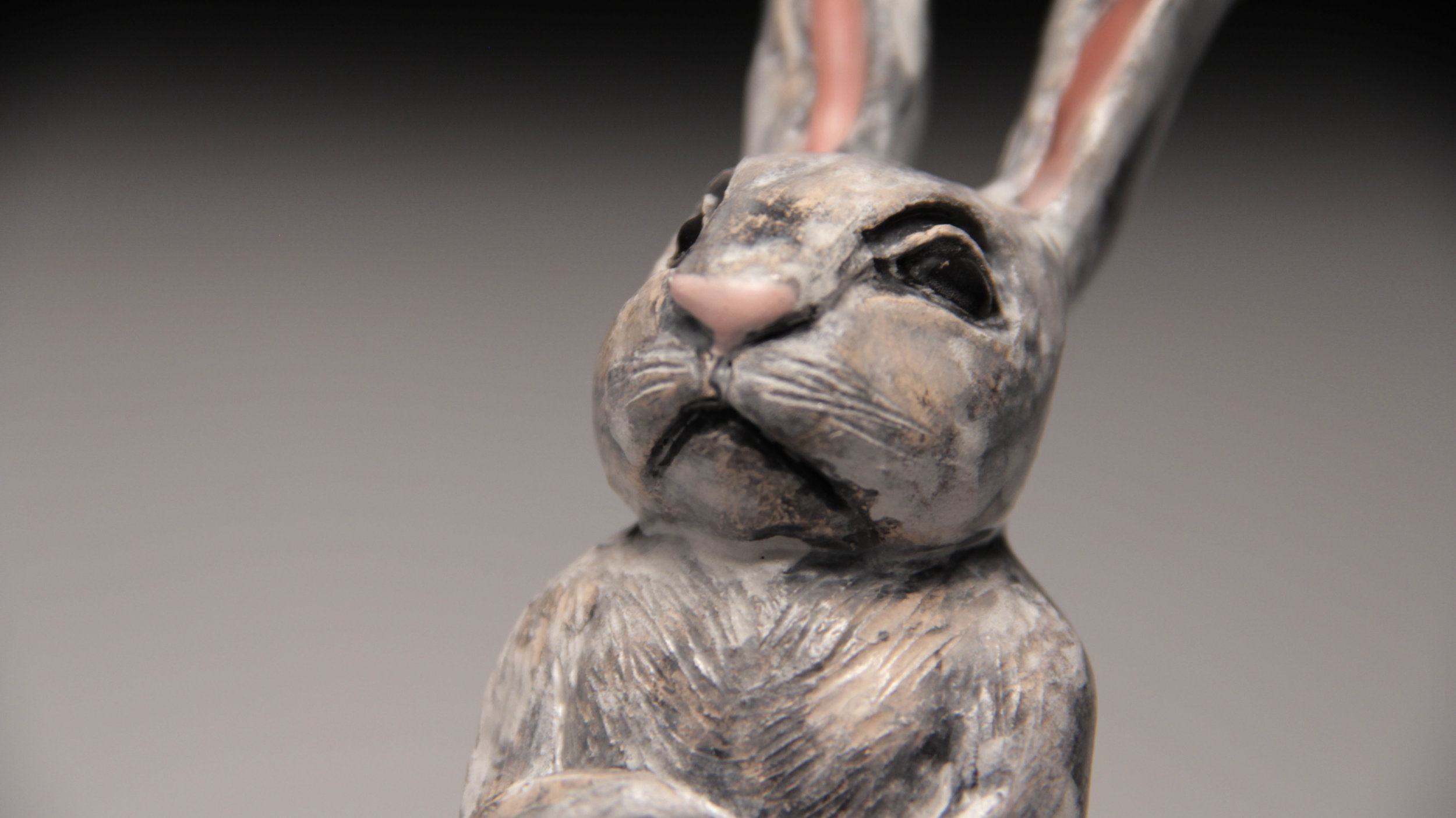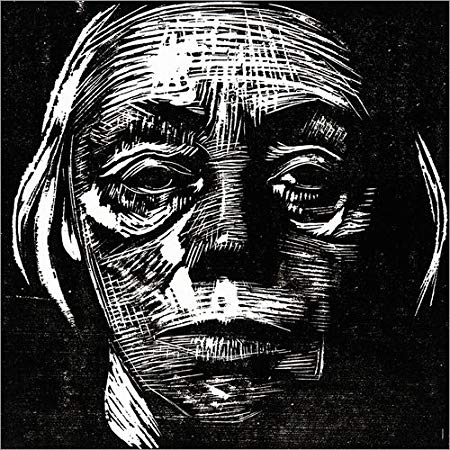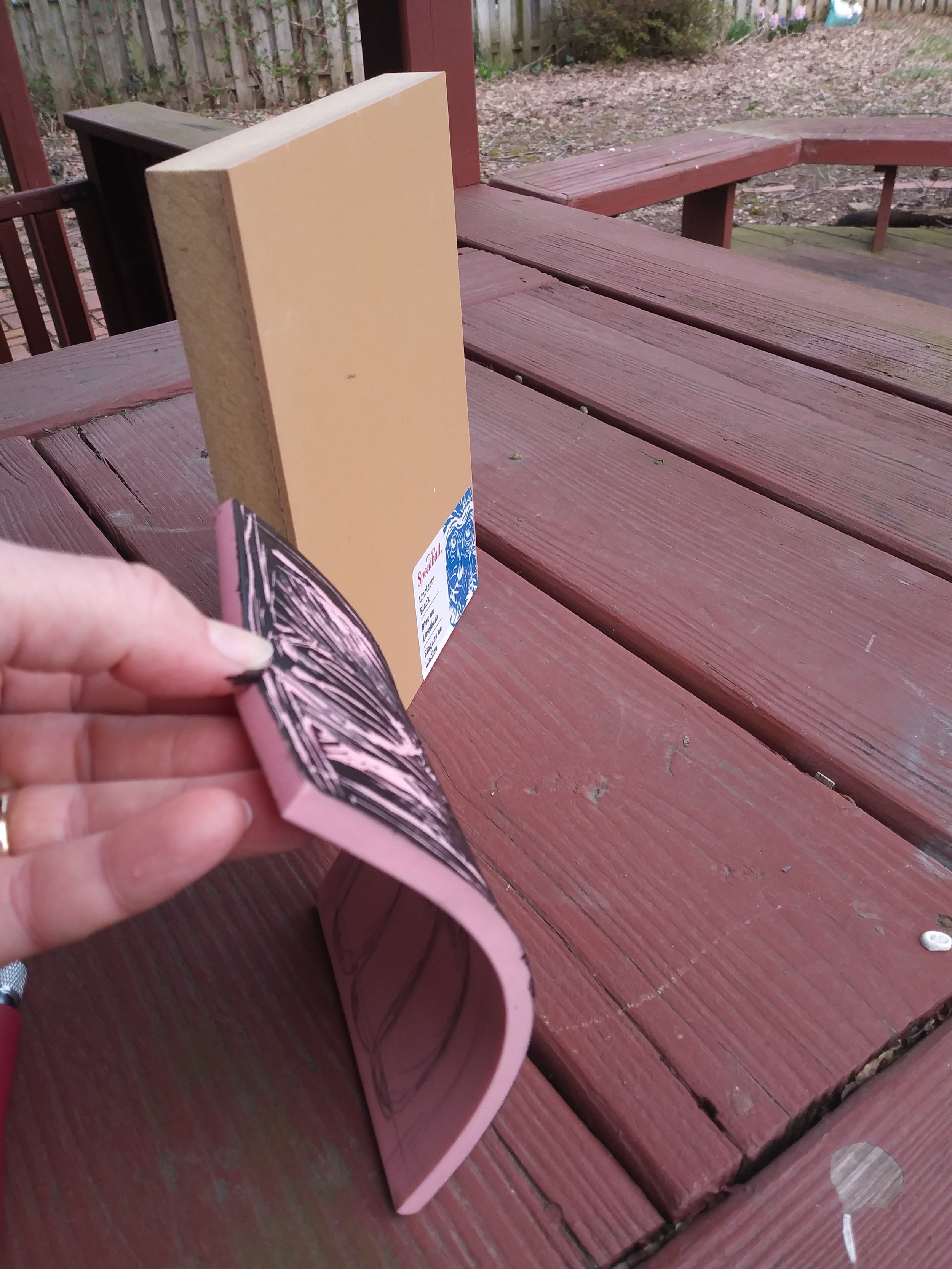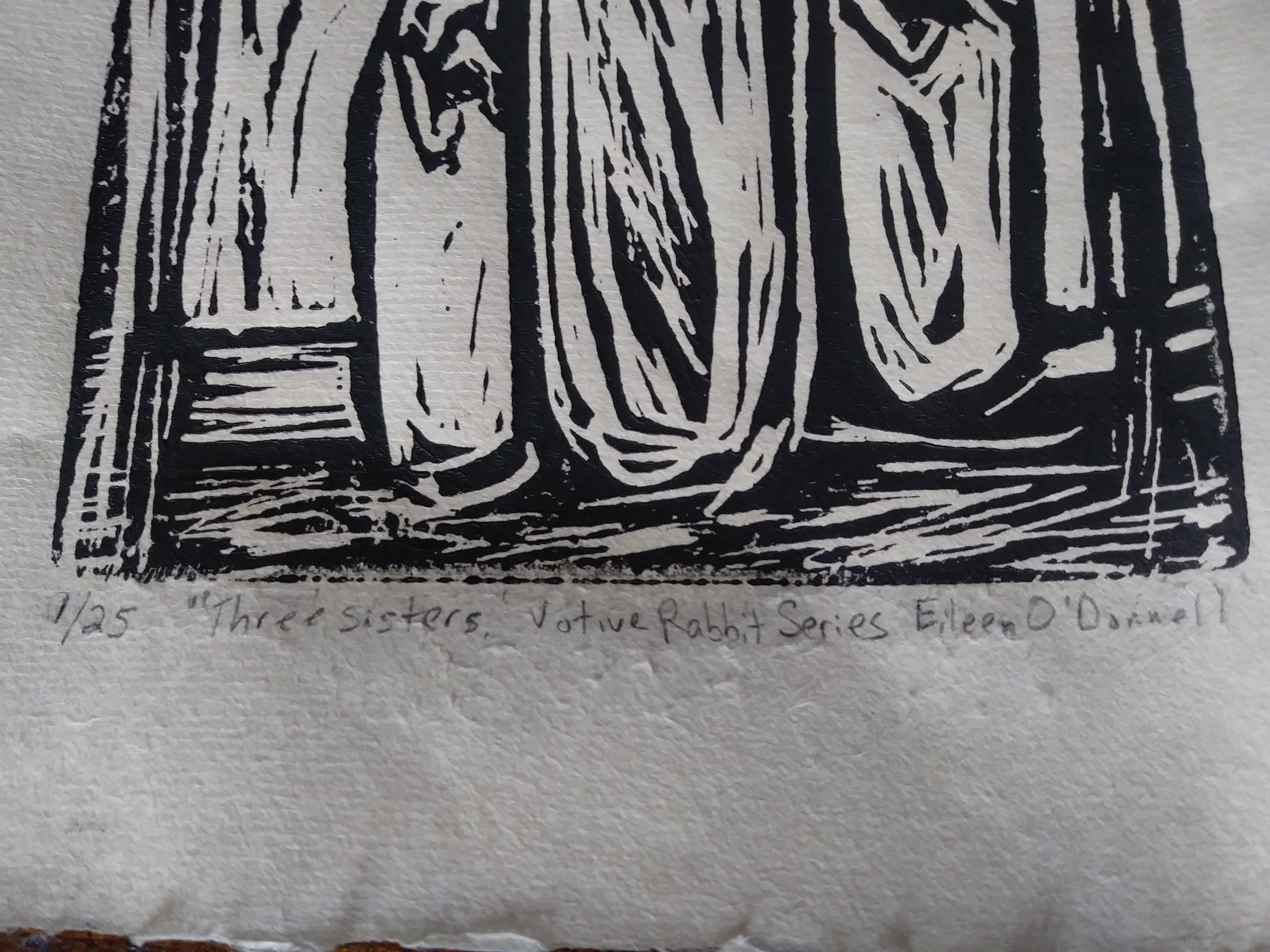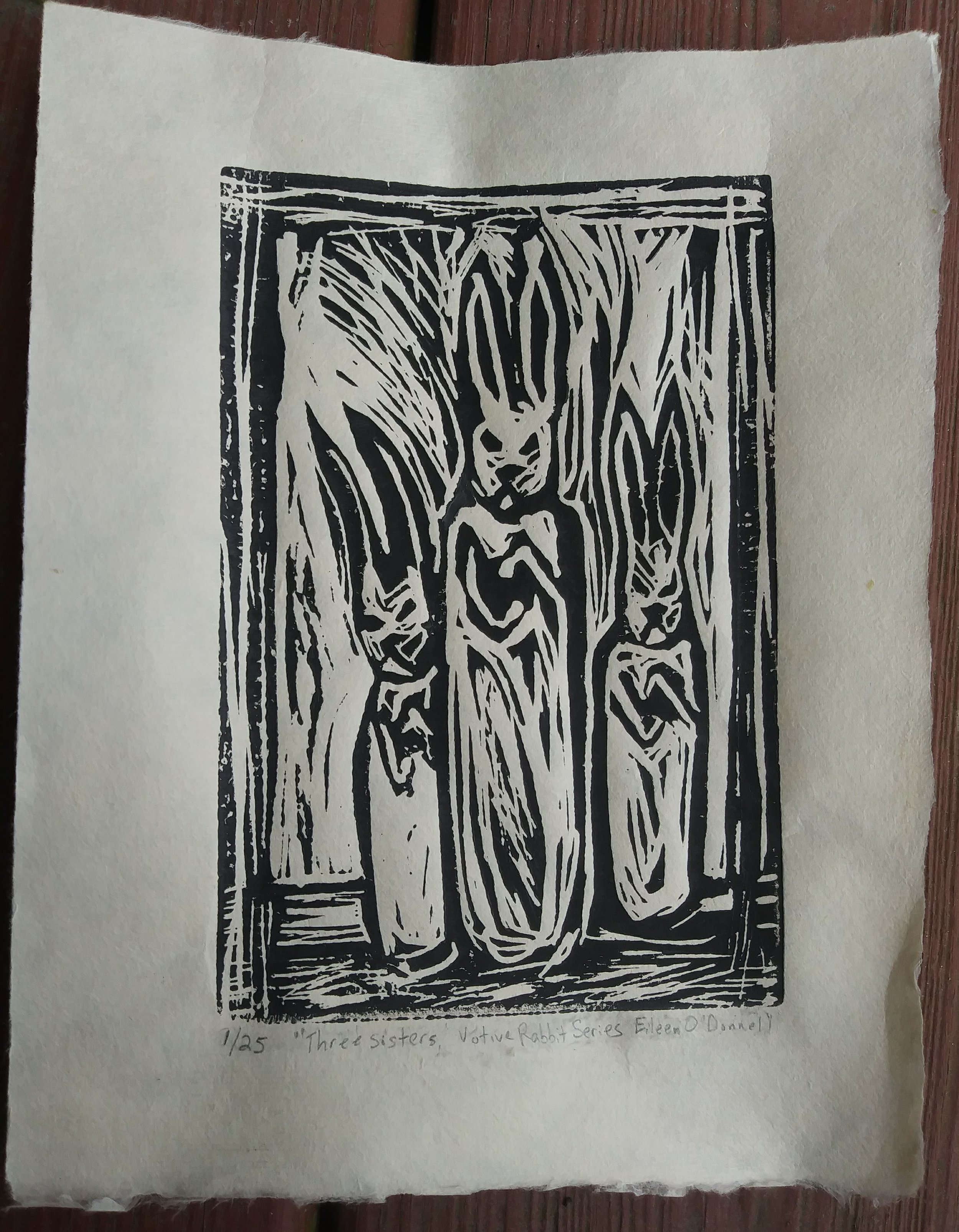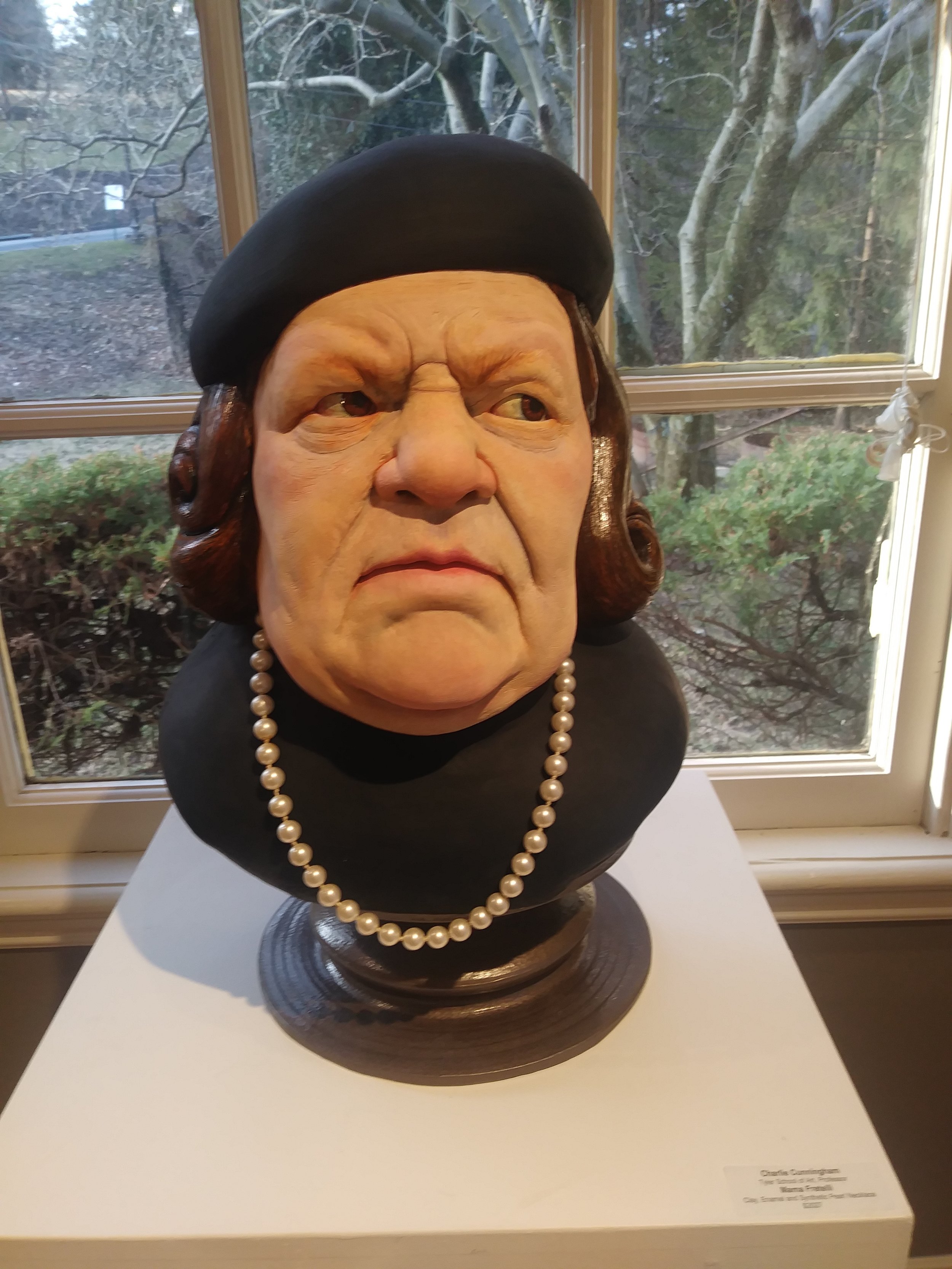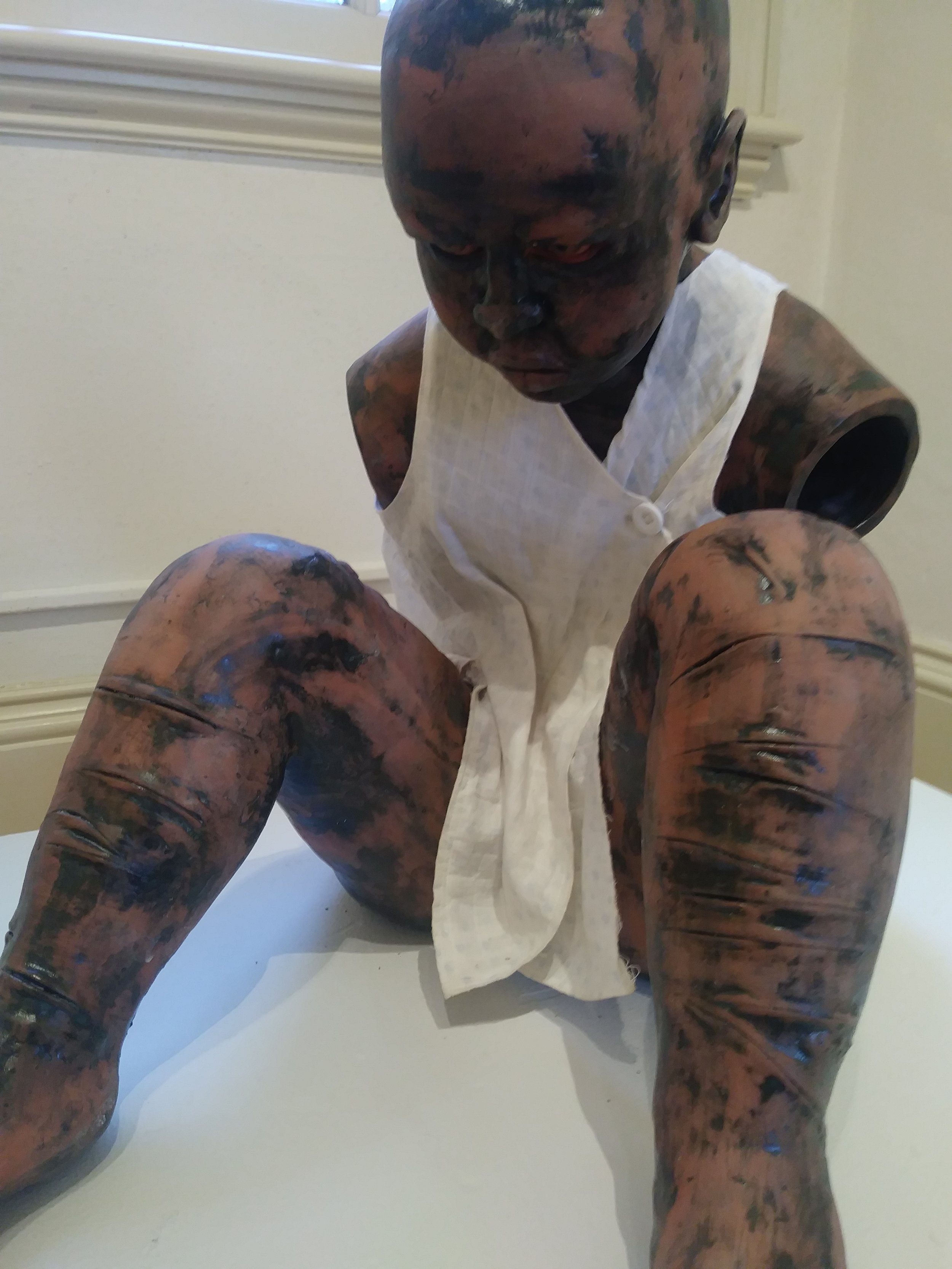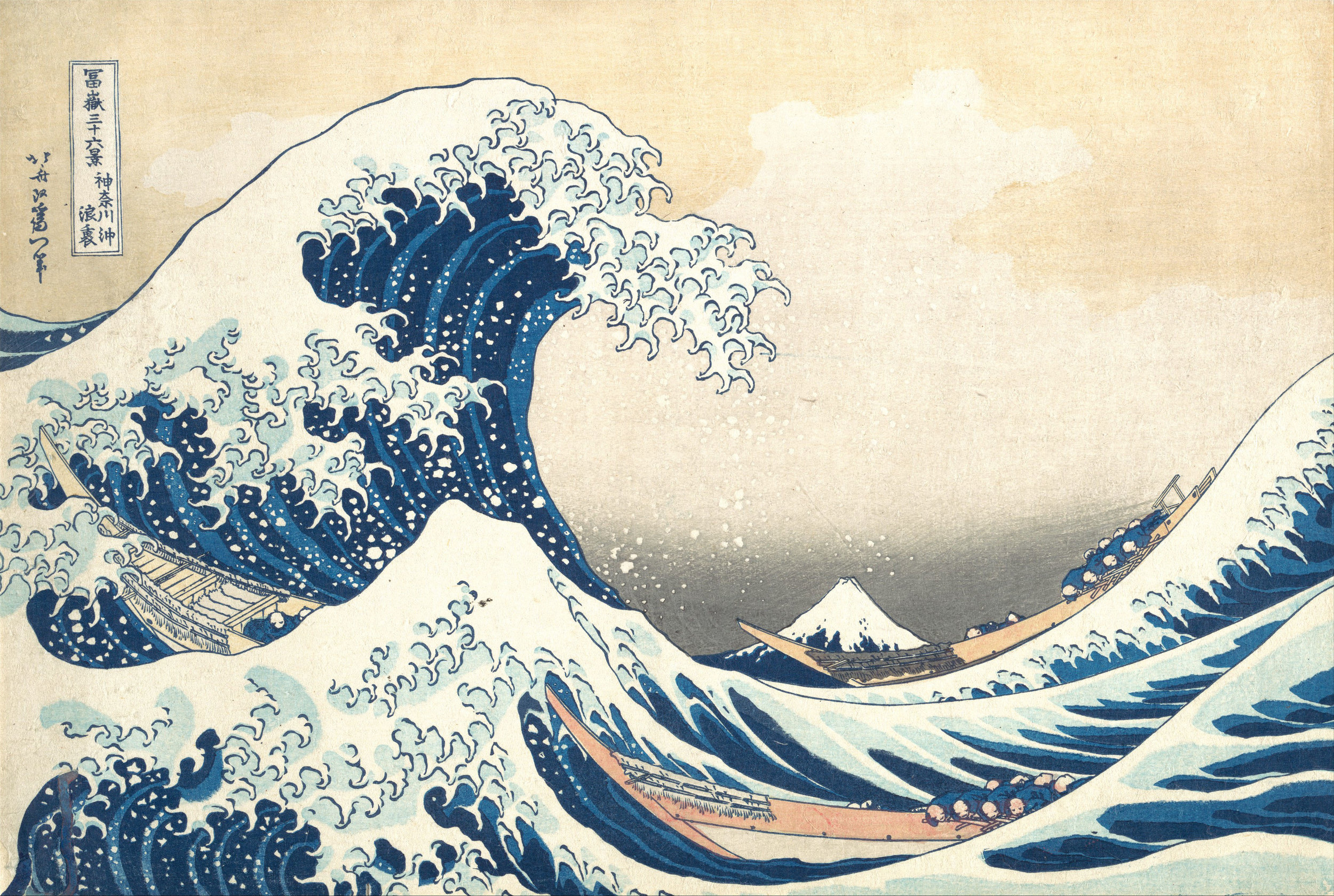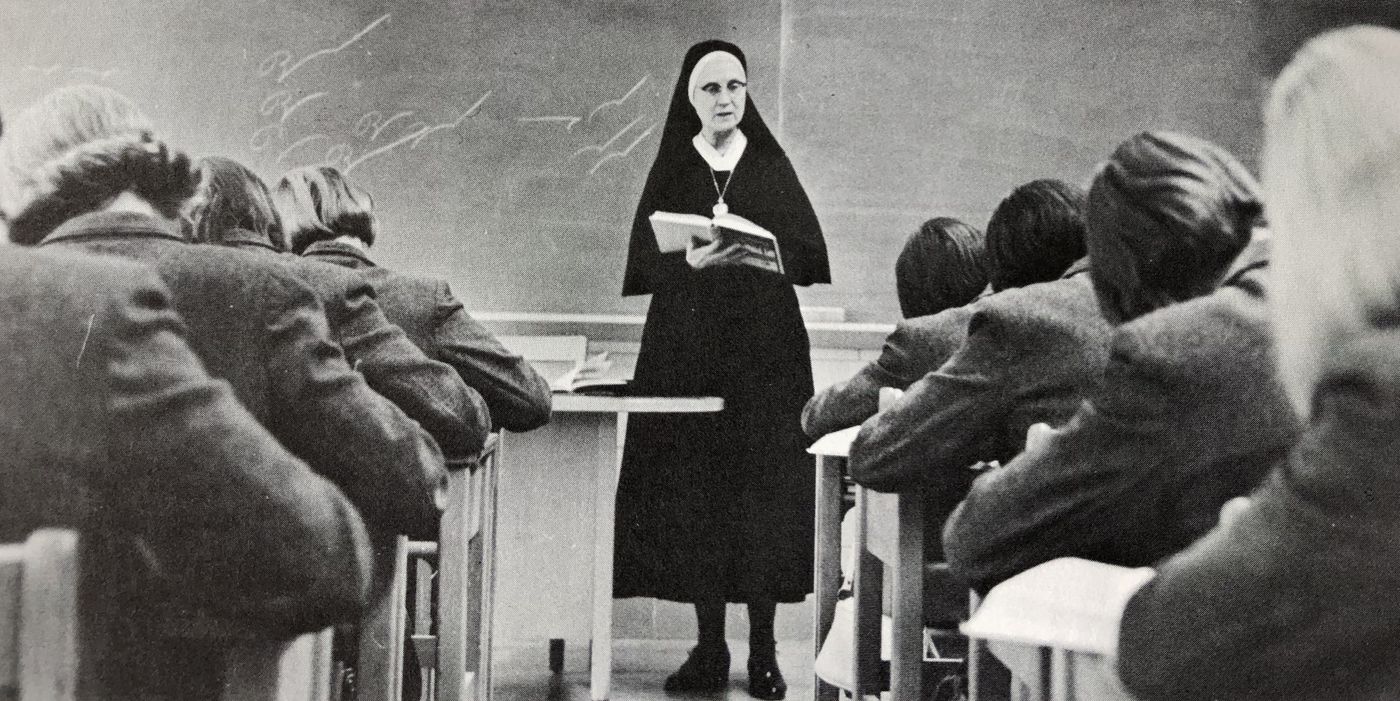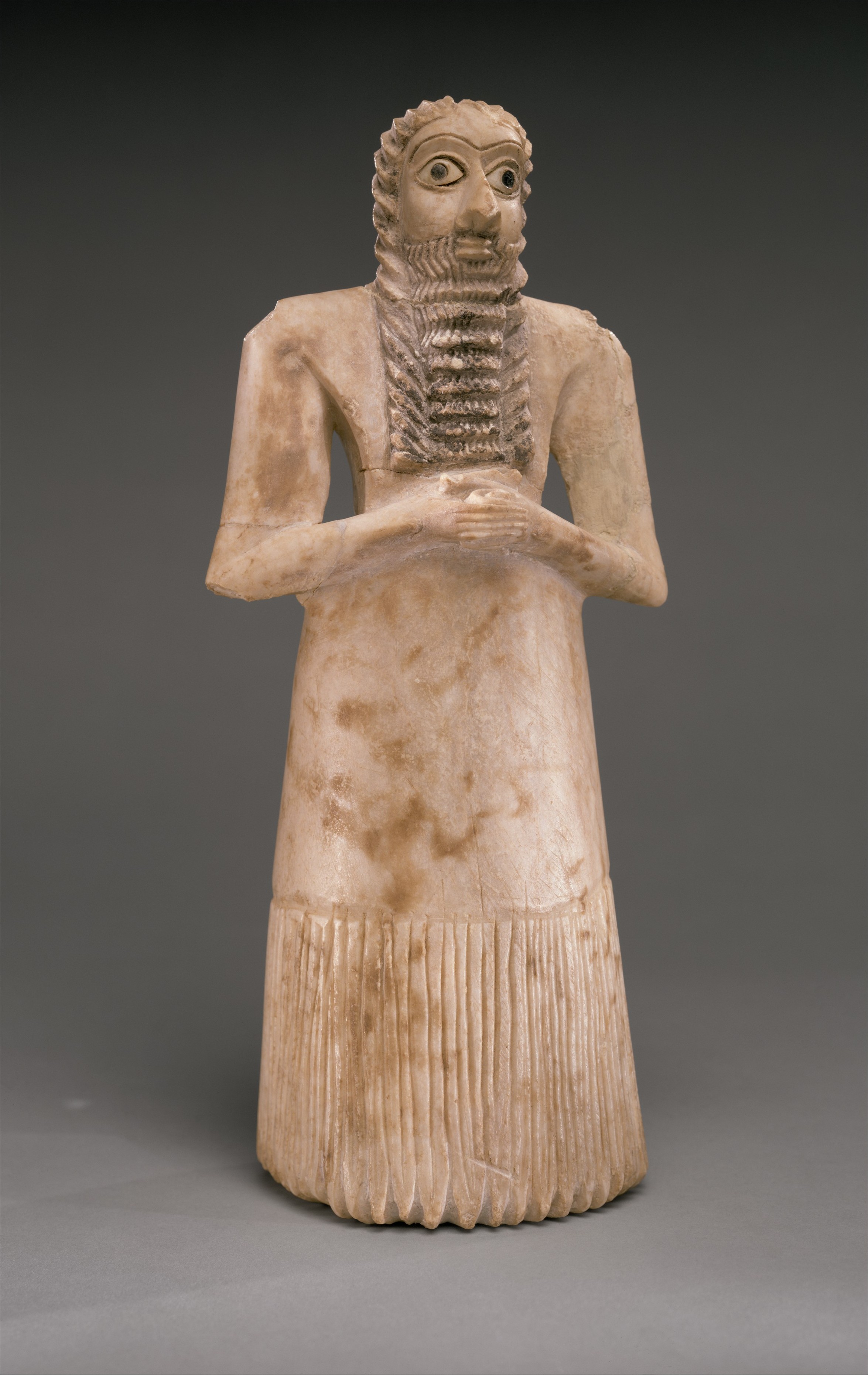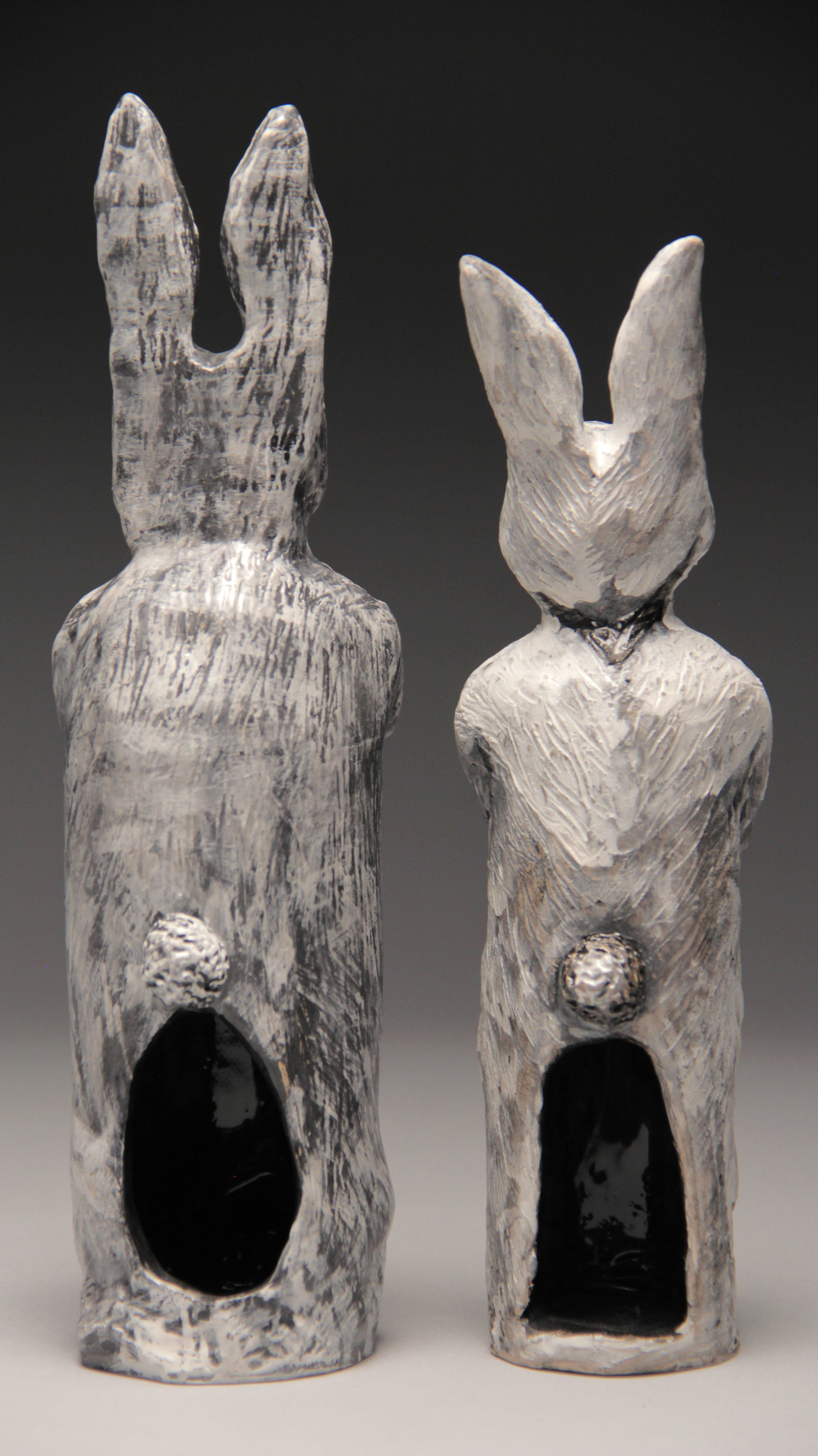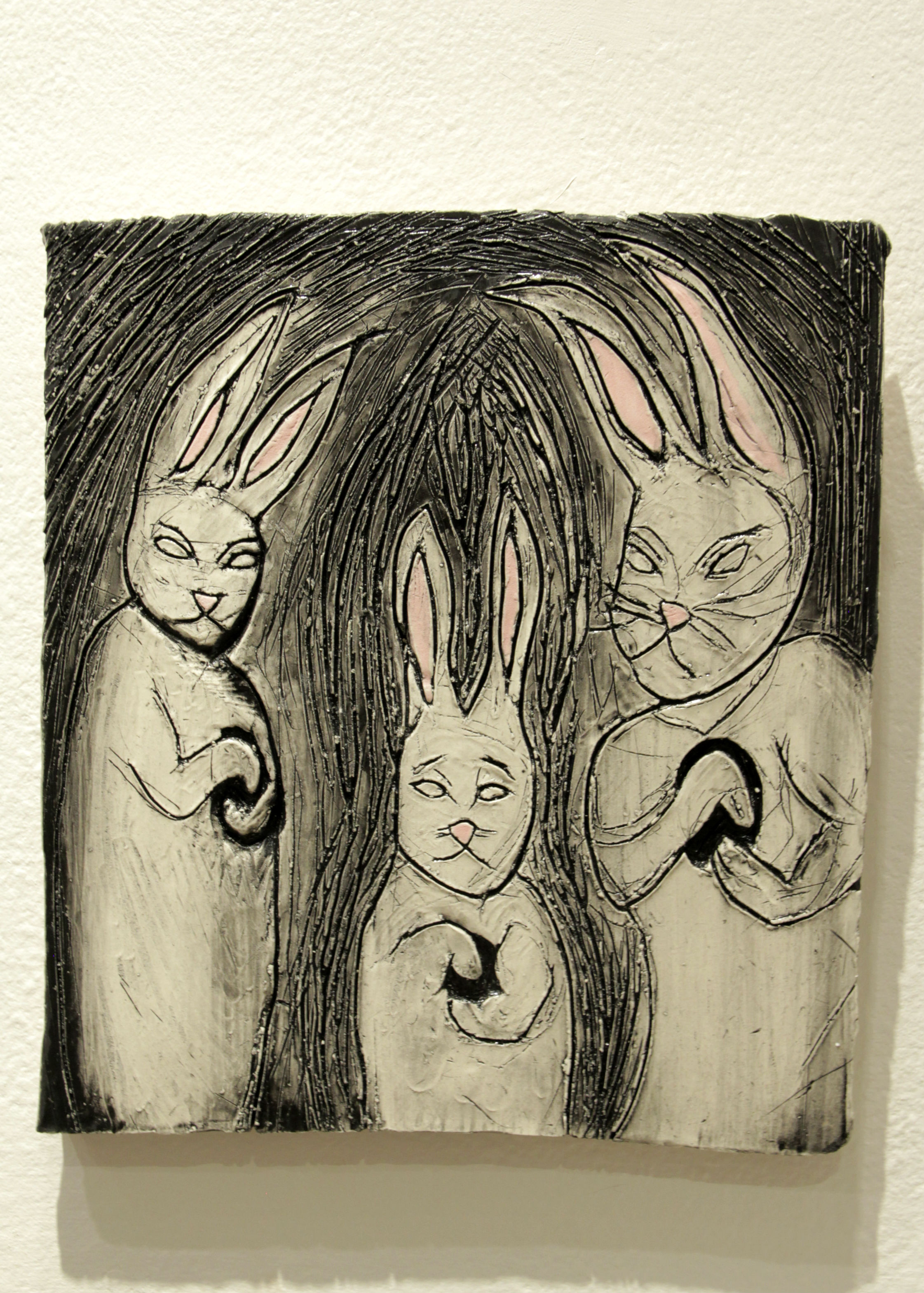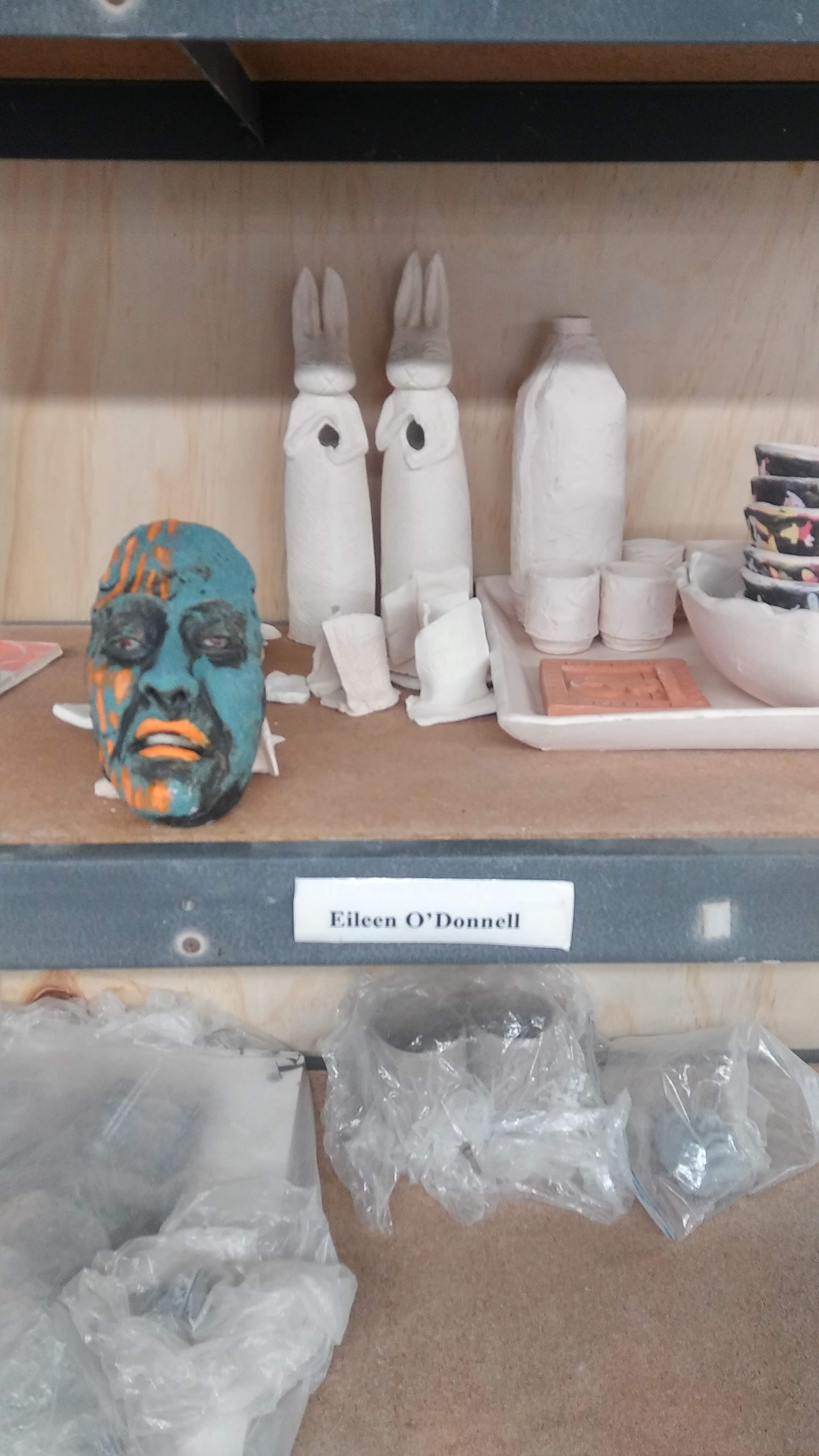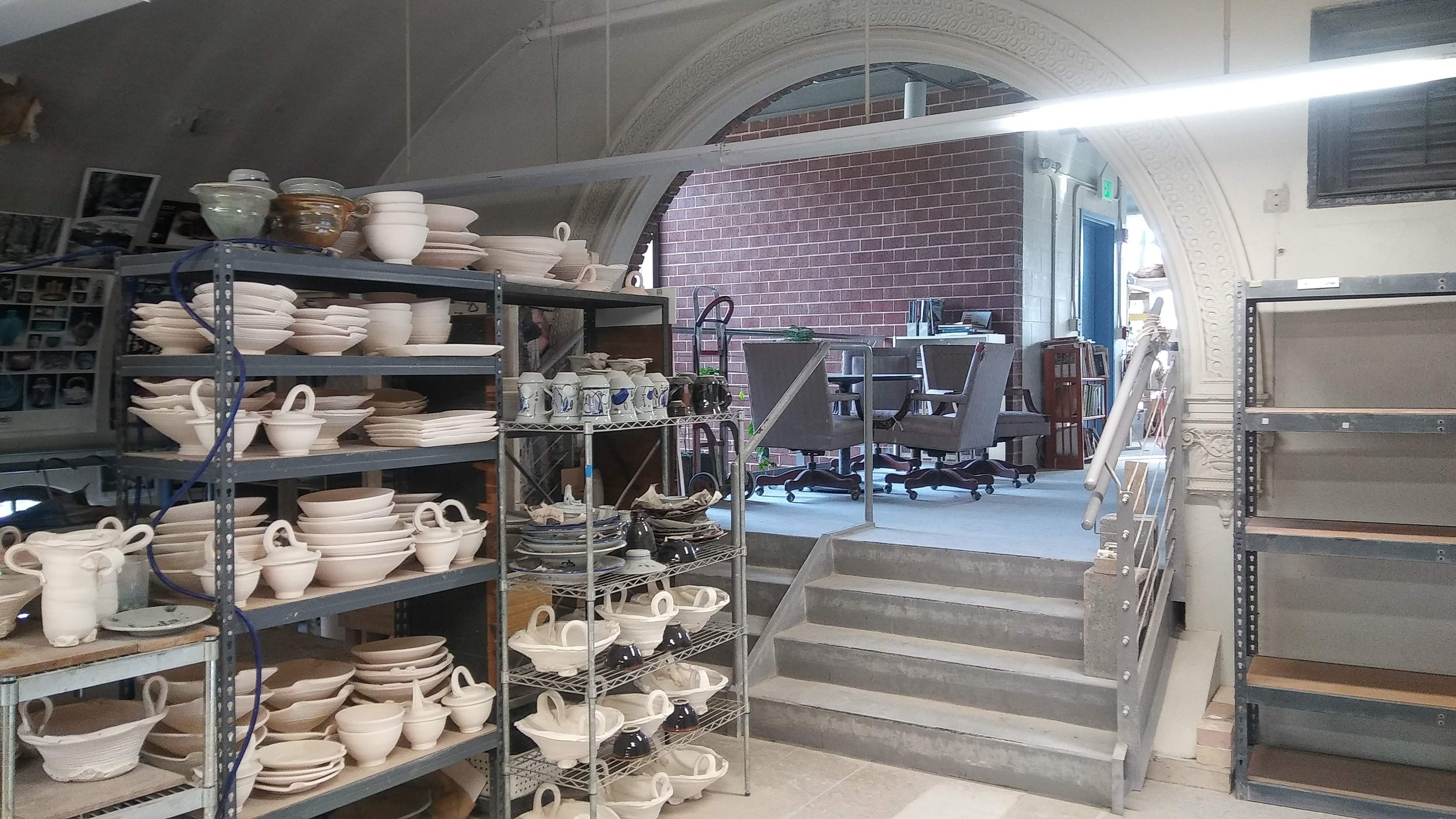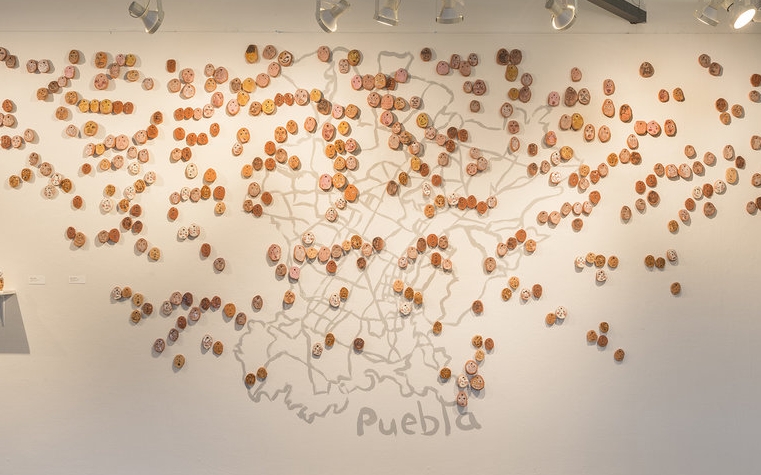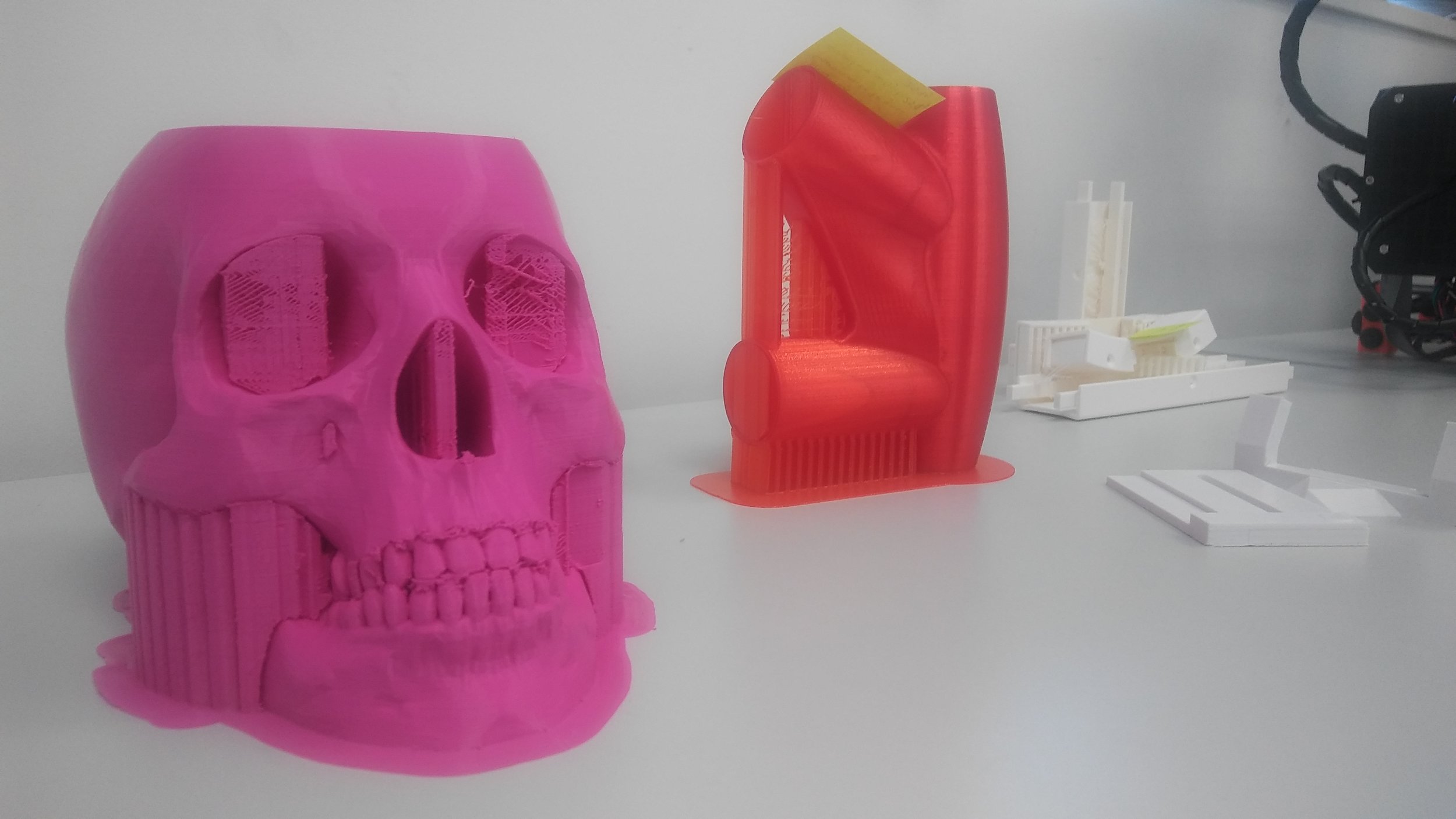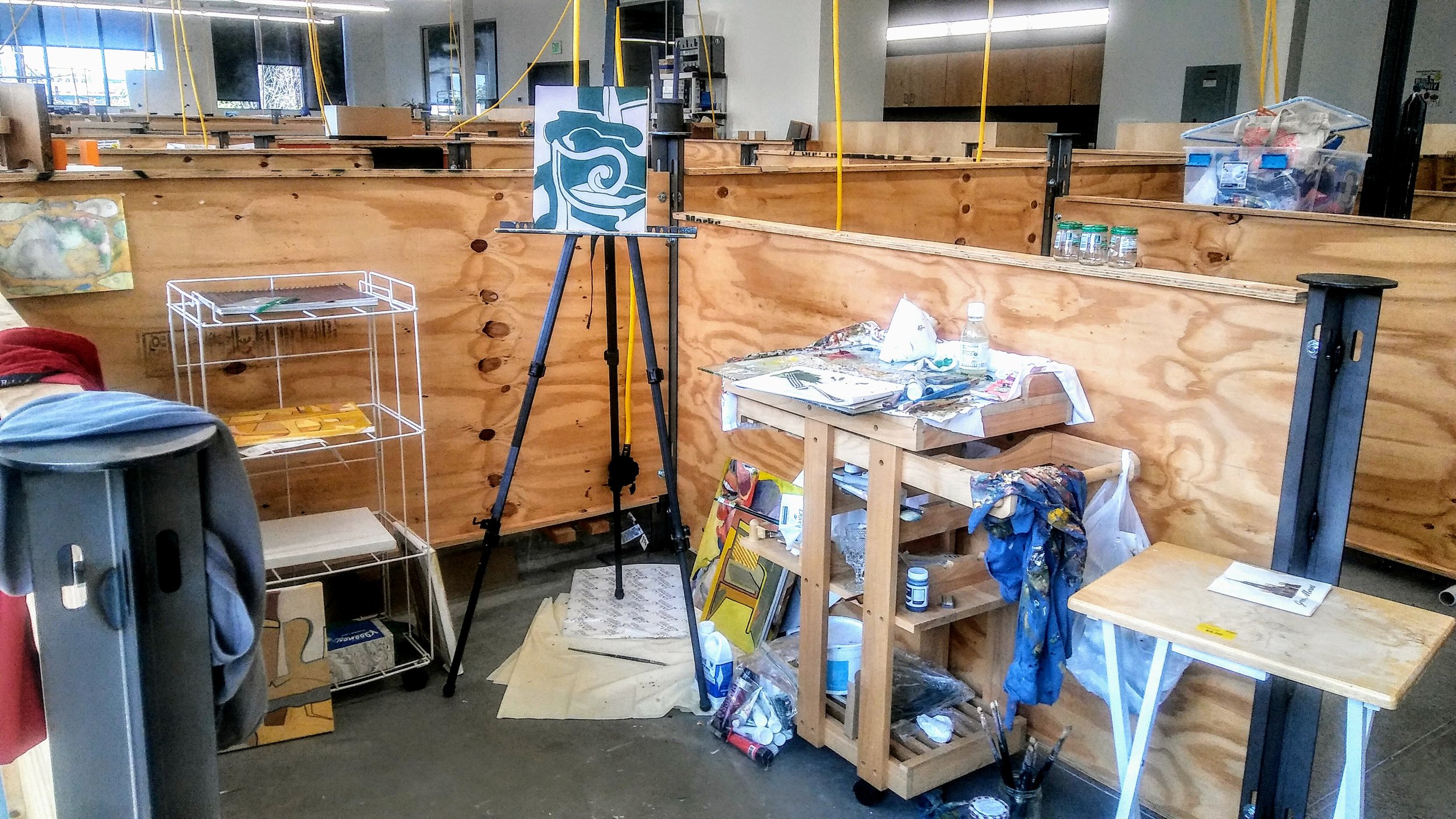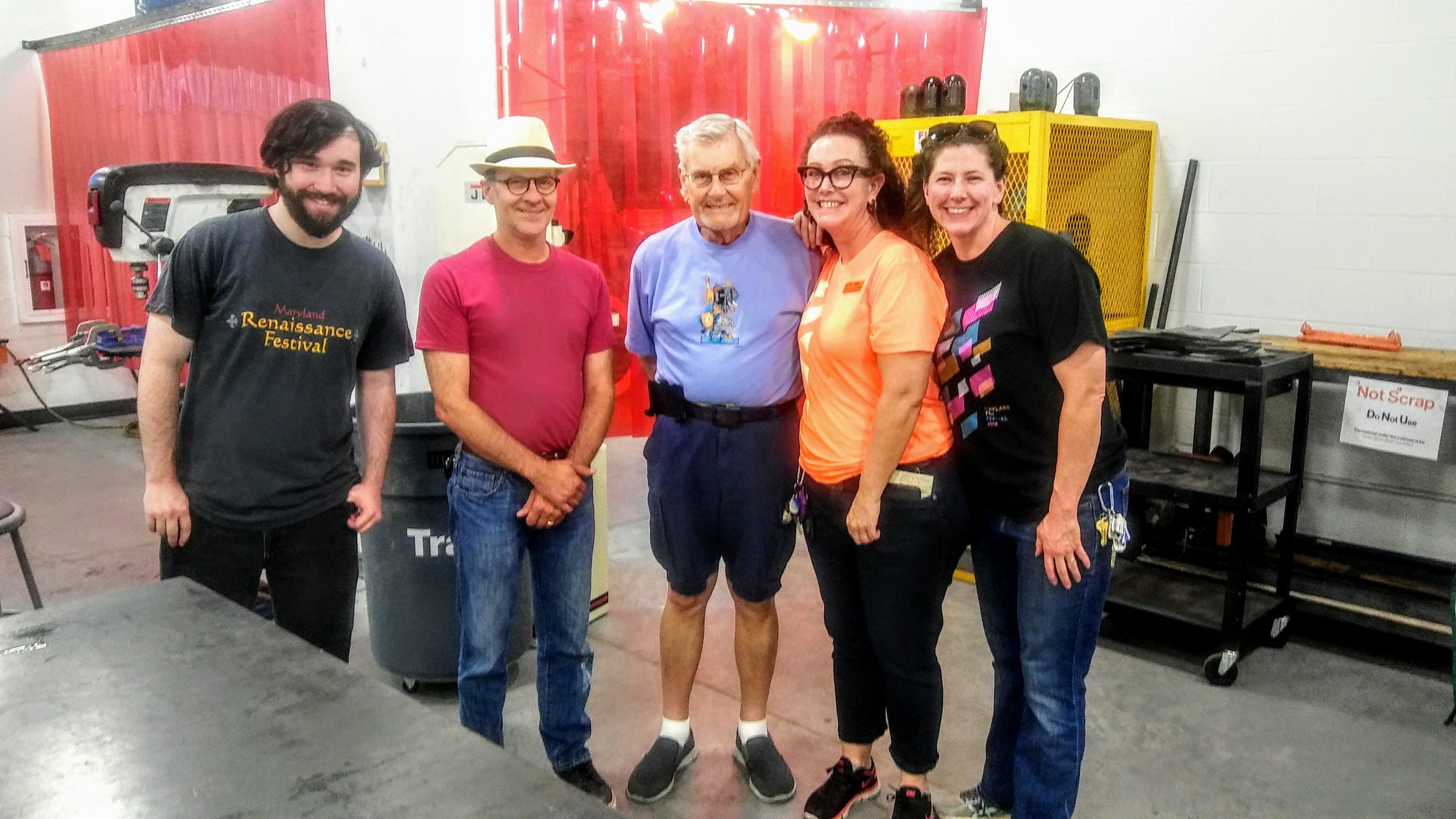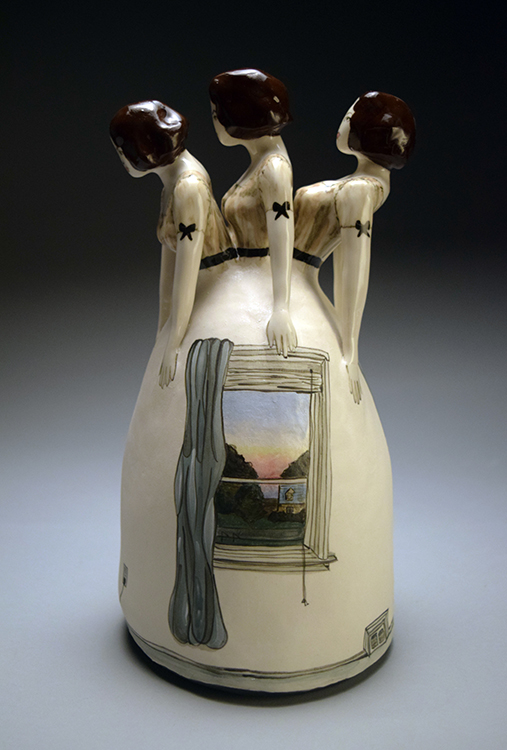Always heed The Picard.
Dear Reader, when last we convened, you were kind enough to read “2020 Transparency: An accounting,” in which I measured my progress thus far against last year’s goals for educating myself and advancing my art career. In this time of sickness and social isolation, however, it seems almost quaint to write about getting out and about in the art world. I am truly fortunate that those I Iove are in good health, and do dearly appreciate that this has allowed me to pursue my enduring fascination. I am writing today, though, with the firm belief and experience to know that it is important to proceed (however remotely) regardless.
The virus has demanded that everyone make adjustments. My “normal” job through the year is as the nanny to my sister's kids, which allows me the opportunity to make work in my studio while they are at school. Recently, of course, we have switched to the “summer” schedule, and, since my sister works long hours at a hospital, my practice has shifted more to research, writing, and doing whatever I can online while the kids are at “virtual school” for two hours. In that time I've learned that there are plenty of ways to engage with the art world, and to educate oneself while social distancing. The following is an account of some of my activities, and then what I plan to do to keep the ball rolling. With that, I do hope you and the people you love are well, and wish you all the very best, and that you may find a way to continue your art practice as well.
This week I finished my applications for the Baltimore Artist Retreat, as well as a Rauschenberg grant. The retreat, which is offered by the Robert W. Deutsch Foundation here in Baltimore, would provide professional development and networking opportunities to Baltimore area artists – free of charge! (The Deutsch Foundation also offers a variety of opportunities to local artists- to learn more about them, click here.) Professional development? Networking opportunities? Yes, please! One thing I've learned about life is that nothing happens unless you put your coat on and go outside. In this case, I'm merely extending a virtual handshake to the Deutsch Foundation, but, (fingers crossed!) they will accept me into the retreat. Just applying for the retreat was an educational experience, as you are asked to clearly state your artistic practice, your goals, and your experience of community. Going through this process allowed me to see how my practice has grown over the past year, and renewed my desire to connect with other artists in our community.
I applied to the Rauschenberg Foundation because they offer emergency grants for artists to cover medical expenses. Earlier this year I had to have an unexpected surgery- and while I am so fortunate to have completely recovered, the resulting medical bill has put a strain on my finances. This, coupled with the fact that my part time teaching at the Baltimore Clayworks has been put on hold, really got me thinking about doing everything I could to satisfy the debt. Even if I don't receive the grant, applying for this was an educational experience, and at least somewhat empowering. The Rauschenberg Foundation also offers a variety of grant opportunities- (to learn more about these- click here)
Detail of “Discovering the Deepest Mirror,” from my Alice in Wonderland inspired pieces at the Baltimore Clayworks show…
Feeling invincible with my newly updated artist statement and resume, I began to search out other ways to connect with the art world. Because I subscribe to email notifications from a number of art galleries, museums and calls for entry, I started with my email. And poof! Here was a message from Create! Magazine. This magazine is run by artist/ curator/ and “art boss babe” Ekaterina Popova. In addition to the showcasing artists' work in the magazine, she curates an online shop, PxP Contemporary, to market and promote artists' work. She hosts her own podcast, “Art & Cocktails,” curates shows for New York galleries, including Field Projects, and hosts artists' work on her instagram. In the letter, Miss Popova, “Kat,” encouraged artists to stay positive during this time, and reminded everyone that it is free to submit work to the Create! Magazine blog. Perfect! Free is just my price point, and it would be amazing to be selected for the blog. The magazine has cultivated a large following, and is chock full of savvy art world observations, artist interviews, and helpful career tips.
Next, I researched other grants for which I might be eligible. Prior to moving to Baltimore to become “the aunt/nanny,” I was represented by a gallery in New Orleans, and had had some success in receiving grants from Creative Capital and the Louisiana ArtWorks. One thing I’ve learned is that grantors and grantees are just like any other relationship- in a good one, both parties are fulfilling each other’s needs. Finding this “fit” requires time and research. A great place to start is the Artwork Archive's Complete Guide to 2020 Artist Grants and Opportunities. It lists many artist residencies as well. (However, because it is problematic to get time away my nieces and nephews, I generally just focus on grants)
Writing a grant, (or at least completing the requested information from the granting foundation) requires a fairly significant time investment for both artist and grantors- therefore, I do my best to make sure not only that I fall within the requirements of the grant, but withing the culture/aesthetics of the granting institution. Each granting institution is different, and aims at supporting a specific kind of art, artist, and/ or stage of an artist's career. Additionally, even though I may technically be eligible for a grant according to the guidelines, I always read the granting agency's mission statement, and review the list of past grantees, if available.
For example, at this point in my career, I would not apply for a large grant, or one that I know has been awarded to very well established artists. While a case could be made that I should pay the fee to apply, (usually about $35) in the hopes that the curators, grantors, decision- makers, and the like, might get to know my work, my strategy is to apply for smaller grants, in the hopes of actually receiving the grant- therefore building a stronger resume, or “pedigree,” as I once heard a gallery manager say. While I am not keen on comparing my art career to dog showing, I understood her point. Most grant giving organizations would like to see that another grant giving organization has deemed you acceptable before awarding a grant. As you may imagine, this can cause a rather frustrating chicken and egg scenario for artists- however, I am nothing if not hopeful. But I also do my research.
Additionally, I can divine the aesthetic taste of the organization, or jurors of the grant, by looking up the work of past grantees. If I see that the work of most of the past awardees is in no way similar to mine, I usually just move on. I like to operate under the belief that the world is big enough to support all kinds of art- however- I wouldn't consider it a valuable use of anyone's time, (or my application fee) to apply for a grant where I know my work just doesn't appear to “fit.”
Detail, “Hovering Parents” from my Votive Rabbit Wall Series. To see the full picture, and more of these wall pieces, please click on my Etsy page here
Lastly, I updated my website and Etsy pages. I had recently photographed a bunch of smaller pieces, but hadn't found the time to upload them yet...
So. How to keep the ball rolling? I'd like to take a bit of inspiration from Ekaterina Popova's letter, in which she reminded everyone of the healing power of art, especially in times of trouble. It's tempting to want to shut down when things become stressful, heck, even when there is a change to the routine. Focusing on negative things is like creative Kryptonite- my plan is to just stay engaged.
I brought some clay and tools over to my sister's house. Although the kids much prefer to be playing outside, playing video games, or doing perler beads, it's worth a try.
I can take advantage of all the new virtual tours of famous museums available now (Click here to link to a list of 12 world famous museums, or discover your own- you can even virtual tour the Vatican Museum!)
One from my Votive Rabbit series of architectural tiles, to see more, please visit my Etsy page here
I can read articles about ceramics in the artworld (I just read one here from Artling- in which a resident of the Baltimore Clayworks, our very own HaeWon Soon, is listed as one of the 13 ceramic artists changing the face of the art world!)
I can interact with other artist friends on instagram, and show them some support by liking and commenting on their posts.
I can continue to make my work- just small enough that it can be expeditiously cleaned off my sister's kitchen table, and hardy enough to withstand a trip in the car to be fired at the studio when the time comes.
One from my Venus of Willendorf series- I made a variety of Venus pieces for the Women of the World festival- to see this and more Venus works, please click on my Etsy page here
And so, dear reader, I hope that this account provided some resources that you may enjoy as you craft your own time away from your daily routine. We are, each of us, searching for new ways in which to be of service to ourselves, our families, and our communities. I'll be thinking of you, and wishing you all my best, Eileen.





